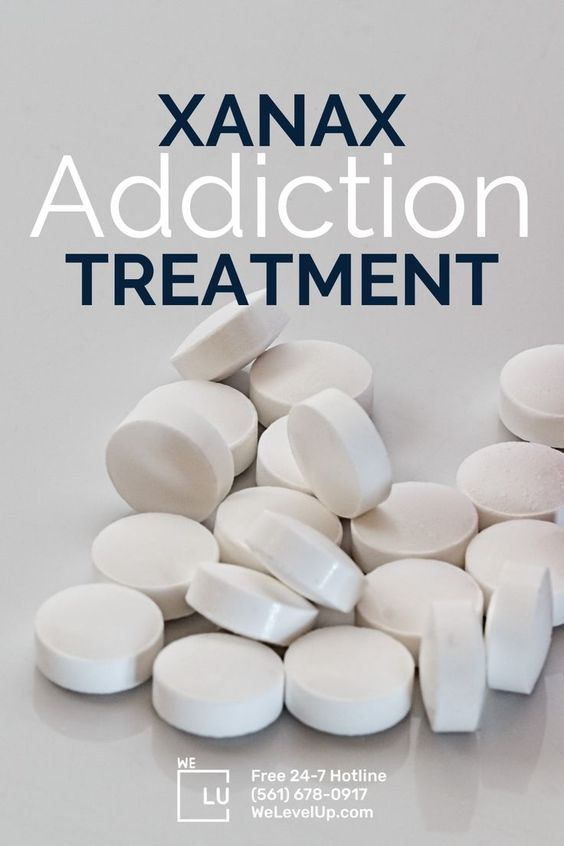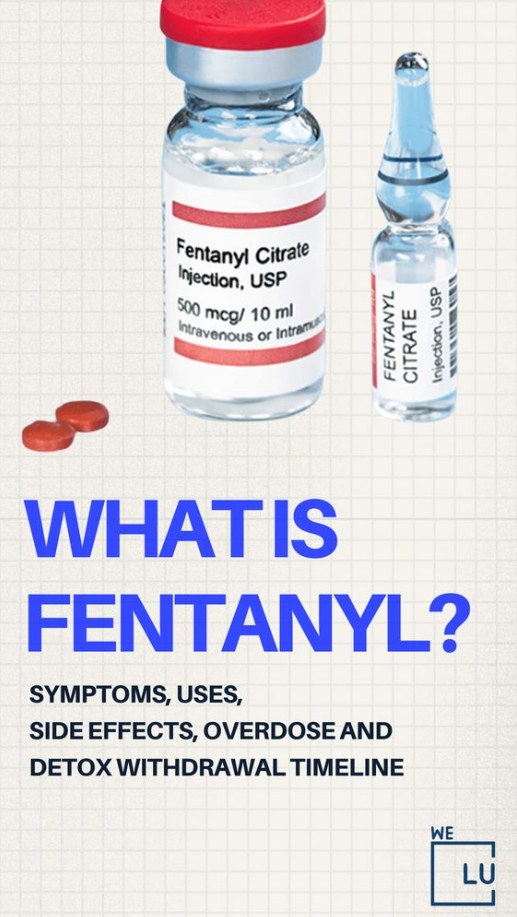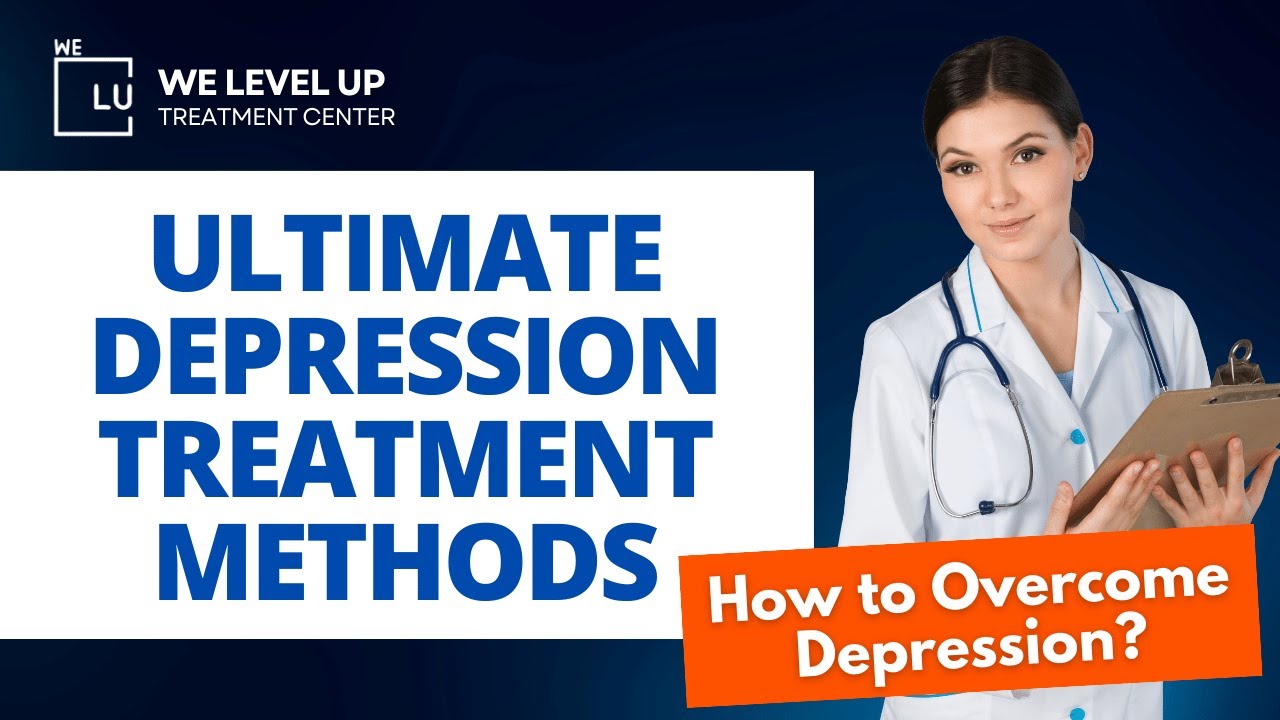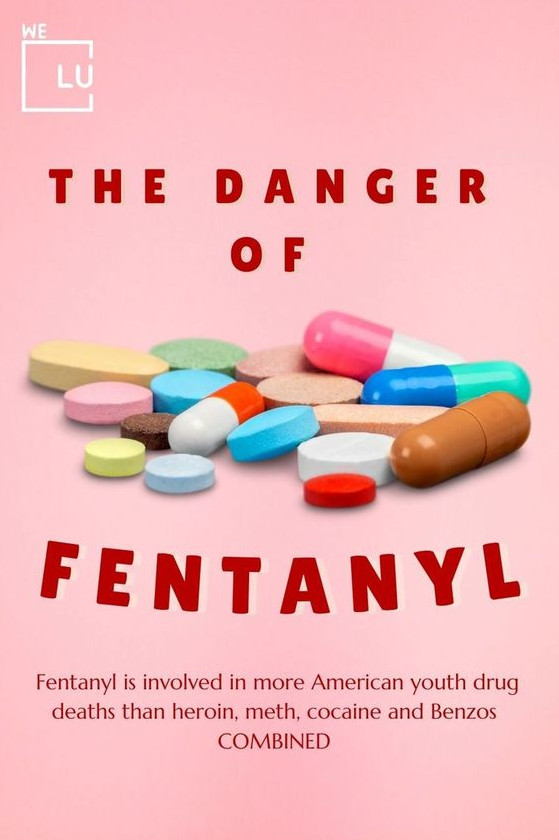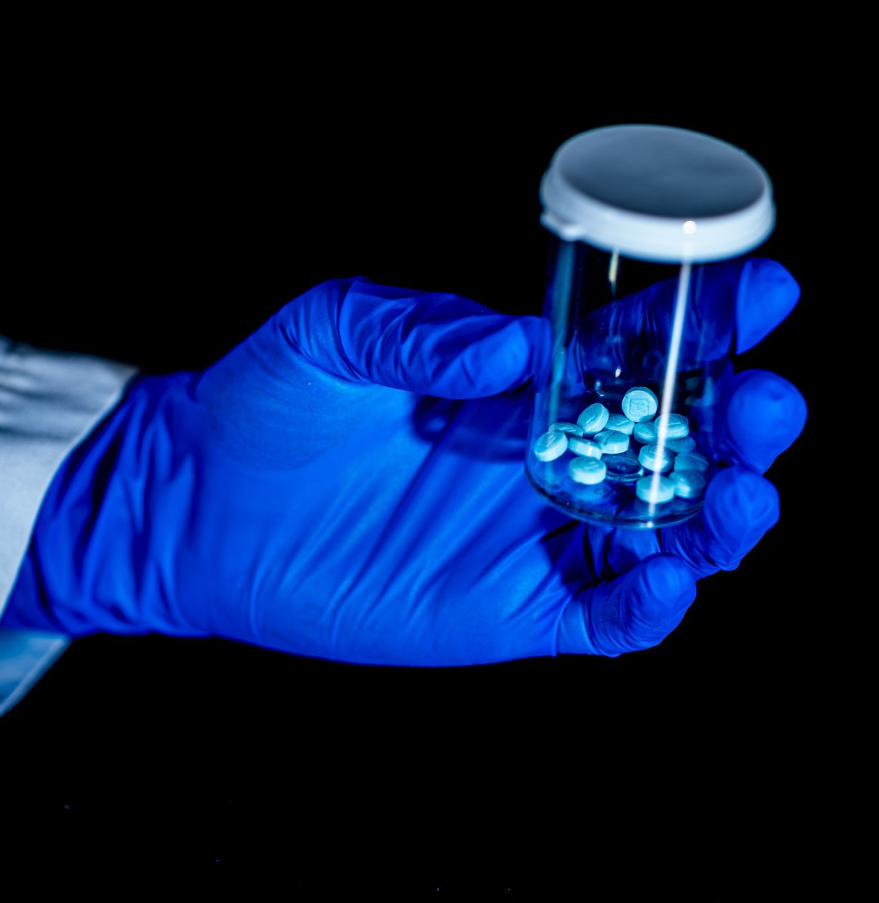Tramadol, a prescription opioid known as Ultram or Conzip, is used for moderate to severe pain, often after surgery or due to chronic conditions like cancer or nerve problems. But, be cautious: using it for a long time or not as prescribed can lead to dependence. Keep reading to learn how it works and how long it stays in your body.
If you or someone you know is suffering from Tramadol addiction, the We Level Up Treatment Centers can help. Speak with our hotline specialists and discover the support and professional-accredited addiction treatment programs we offer.
How Long Does Tramadol Last?
Tramadol undergoes metabolic breakdown in the liver, generating around 23 metabolites. The key metabolites, O-desmethyl-tramadol (pharmacologically active) and N-desmethyl-tramadol are primarily eliminated via the kidneys.
Tramadol has a half-life of 5-6 hours, while O-desmethyl-tramadol has a slightly longer half-life of 8 hours. A drug’s half-life signifies the duration for the body to clear half of the ingested substance’s serum concentration.
Although tramadol isn’t always identified in standard drug tests, it may appear in some advanced screening panels. Standard tests include urine, hair, saliva, and blood tests.
Here’s an overview of the detection time for tramadol in various tests:
- Urine tests Can reveal tramadol use for 1 to 4 days after the last dose.
- Hair tests: Have a detection window of up to 4-6 months post-last use, with some studies showing traces after 7 months.
- Saliva tests: Detectable up to 48 hours after the last use.
- Blood tests: Detect tramadol within about 12–24 hours post-last use.
| Drug Test | Detection Window |
|---|---|
| Urine Test | 1 to 4 days after the last use |
| Hair Test | Up to 4-6 months, sometimes longer |
| Saliva Test | Detectable for up to 48 hours |
| Blood Test | Detectable for about 12–24 hours |
Does Food Affect How Long Tramadol Lasts in The Body?
The effect of food on tramadol’s efficacy varies based on the form of tramadol taken:
- Tramadol conventional tablets: Food doesn’t notably alter tramadol absorption speed or quantity.
- Tramadol extended-release capsules: Food doesn’t significantly affect tramadol’s absorption rate or quantity.
- Tramadol extended-release tablets: Having a high-fat meal decreases peak plasma concentration (by roughly 28%) and absorption (by approximately 16%), delaying the time to peak concentrations (by about 3 hours). Consequently, taking it with a high-fat meal may delay its onset and reduce pain relief compared to ingestion with a low-fat meal or on an empty stomach.
- Combination with acetaminophen: Food extends the time to reach peak plasma concentration by half to one hour. Taking tramadol in its original form is essential without splitting, chewing, crushing, or dissolving it.
What Is the Purpose of Tramadol?
Tramadol is a prescribed opioid for managing moderate to moderately severe pain. In the United States, over 43 million tramadol prescriptions were issued in 2016, with 41 million in 2017.
Similar to other pain-relieving prescriptions, tramadol functions by binding to opioid receptors in the brain, spinal cord, and other body parts. This binding triggers neurochemical events, reducing the perception of pain signaling and enhancing dopamine release, creating feelings of reward and pleasure that can reinforce its use.
Apart from its opioid effects, tramadol acts as a monoamine reuptake inhibitor, akin to certain antidepressants, hindering the reuptake of norepinephrine and serotonin into nerve terminals. This dual mechanism is believed to contribute to its pain-relieving properties.
Immediate-release tramadol offers effects lasting roughly 4–6 hours, while the extended-release variant provides relief for about 12-24 hours.
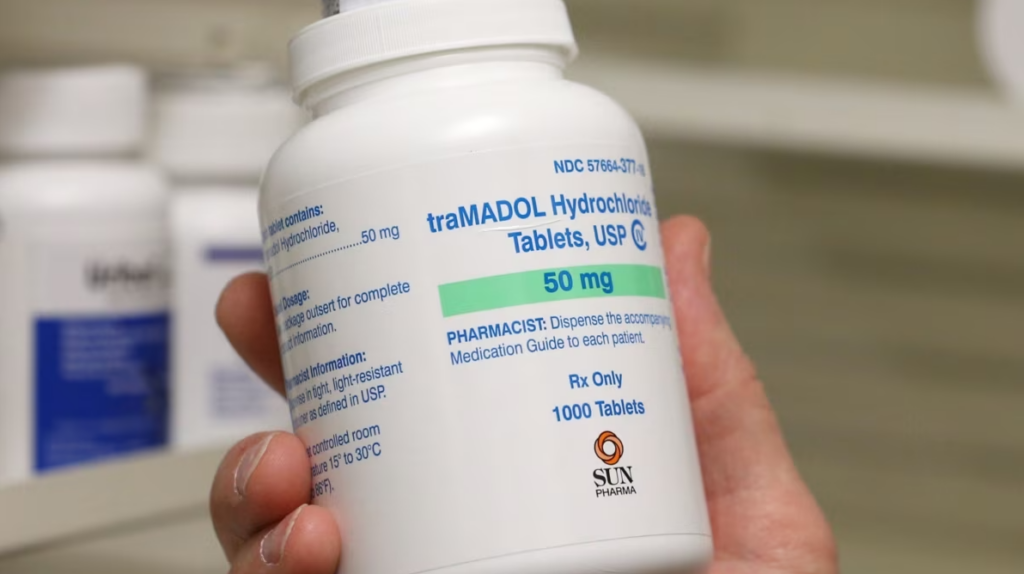
Skip To:
Learn More:
- Tramadol Withdrawal Symptoms, Timeline, & Detox Treatment
- Tramadol vs Hydrocodone: Are They Similar? Which one is Better For Pain?
- Tramadol vs Oxycodone: Which is Better? Side Effect Comparison
- Is Tramadol A Narcotic?
- Tramadol in Pregnancy
- Tramadol Serotonin Syndrome
- Vicodin vs Norco, What’s The Difference & How Do They Compare?
- How Long Does Hydrocodone Stay in Urine?
- What is Norco? Norco Drug For Severe Pain Information
- The Dangers of Hydrocodone Addiction, Symptoms & Treatment
- Hydrocodone Side Effects, Uses, Addiction and More
- Opiate Withdrawal
- Opioid Withdrawal Timeline
- Opioid Withdrawal Symptoms
Get Help. Get Better. Get Your Life Back.
Searching for Accredited Drug and Alcohol Rehab Centers Near You? We Level Up Texas Is Opening Soon!
Even if you have failed previously and relapsed, or are in the middle of a difficult crisis, we stand ready to support you. Our trusted behavioral health specialists will not give up on you. When you feel ready or just want someone to speak to about therapy alternatives to change your life call us. Even if we cannot assist you, we will lead you to wherever you can get support. There is no obligation. Call our network hotline today.
FREE Addiction Hotline – Call 24/7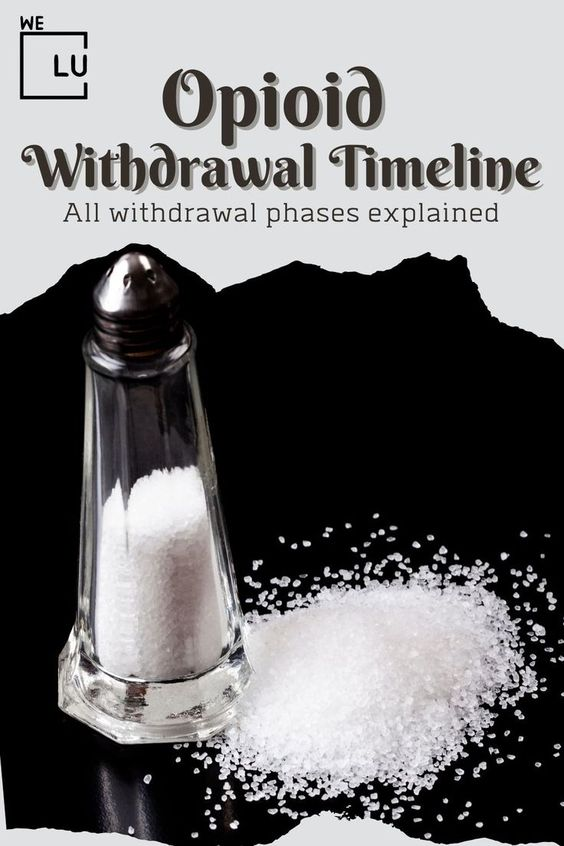
How Addictive is Tramadol Compared to Other Opioids?
Tramadol’s addictive potential compared to other opioids is a subject of debate within the medical community. Tramadol is considered an opioid, but its pharmacological action differs from other traditional opioids like morphine or oxycodone.
Tramadol acts on the mu-opioid receptors, similar to other opioids, but it also affects serotonin and norepinephrine levels in the brain. This dual mechanism of action makes its addiction potential somewhat different from that of other opioids.
While tramadol was initially marketed as having a lower risk of addiction and dependence compared to more potent opioids, studies and clinical observations, have shown that it still carries a risk of abuse, dependence, and addiction, mainly when misused or for extended periods.
Some individuals may perceive tramadol as less potent or less addictive, potentially leading to misuse or abuse. However, its unique pharmacological profile doesn’t necessarily equate to a lower risk of addiction compared to other opioids.
Instructions for Taking Tramadol
- Standard Tablets and Capsules: Swallow each tablet or capsule whole with a glass of water.
- Drops: Mix the drops into a glass of water, then drink the entire glass contents.
- Soluble Tablets: Dissolve each tablet in a drink of water (more than a sip) and consume it.
- Tablets that Dissolve in the Mouth: Ensure dry hands before handling the tablet. Place the tablet on your tongue and allow it to dissolve without chewing. After it dissolves, swallow or drink water. If preferred, dissolve the tablet in a glass of water.
- Slow-Release Tablets and Capsules: Take slow-release tramadol tablets and capsules whole with water. These variants gradually release the medicine into your system over 12 or 24 hours, taking longer to initiate but providing extended relief. They are prescribed for prolonged pain management.
When To Take Tramadol?
The timing of tramadol intake depends on the specific type prescribed:
- Standard tablets and capsules: Typically taken 3 to 4 times a day.
- Drops: Usually taken 3 to 4 times daily.
- Slow-release tablets and capsules: Generally taken once or twice daily.
Individuals aged 65 or older, or those with liver or kidney issues, may be advised by their doctor to take tramadol less frequently.
It’s recommended to take tramadol consistently daily and evenly distribute the doses. For instance, if you’re taking tramadol twice daily, having the initial dose at 8 am would mean the second dose is taken at 8 pm.
Get Help. Get Better. Get Your Life Back.
Searching for Accredited Drug and Alcohol Rehab Centers Near You? We Level Up Texas Is Opening Soon!
Even if you have failed previously and relapsed, or are in the middle of a difficult crisis, we stand ready to support you. Our trusted behavioral health specialists will not give up on you. When you feel ready or just want someone to speak to about therapy alternatives to change your life call us. Even if we cannot assist you, we will lead you to wherever you can get support. There is no obligation. Call our network hotline today.
FREE Addiction Hotline – Call 24/7Is Tramadol Subject to Misuse?
The World Health Organization considers tramadol a safe pain-relief medication when used responsibly and under medical guidance.
Despite its therapeutic use, tramadol has been misused or diverted from its intended medical purpose. The FDA modified its drug labeling to highlight its potential for abuse. This alteration notes the drug’s capacity for both psychological and physical dependency, with a heightened risk among individuals with histories of substance abuse, chronic pain patients, and those grappling with opioid addiction.
About 1.7 million individuals, approximately 0.6% of the population aged 12 and above, abused tramadol in the previous year, as per 2017 statistics.
One of the gravest dangers linked to misuse is the potential for a fatal overdose. Symptoms of tramadol overdose encompass seizures, constricted pupils, low blood pressure, slowed heart rate, cardiac arrest, decreased breathing, cold and clammy skin, severe drowsiness, stupor, and coma. This risk escalates significantly when tramadol is combined with other central nervous system depressants like alcohol, benzodiazepines, or other opioids.
In case of an overdose, immediate medical assistance is imperative. If you observe signs of an overdose in someone, swiftly dial 911 for emergency aid.
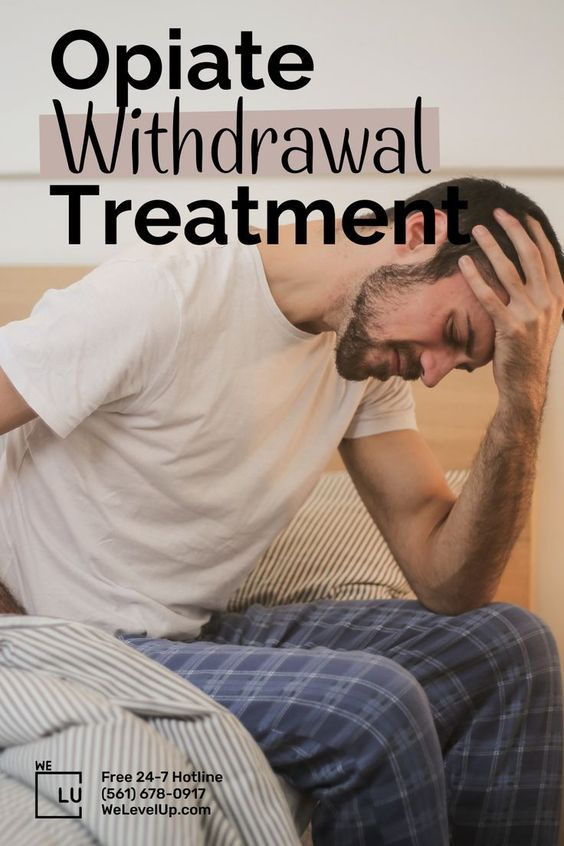
Tramadol Addiction – Related Statistics
Despite declining prescription rates, opioid overdose deaths remain a significant public health concern. Many opioid-related deaths are attributed to the misuse of prescription opioids or illicit opioids, such as heroin and fentanyl. Unfortunately, Norco hydrocodone is included in the problem.
There is a need for increased access to evidence-based treatments for opioid use disorder, such as medication-assisted treatment (MAT) and behavioral therapies, to address the addiction crisis effectively.
1.6 Million
An estimated 1.6 million people in the US were reported to have opioid use disorder in 2019, indicating a diagnosed addiction to opioids.
Source: NCBI
70%
In 2020, over 69,000 drug overdose deaths in the US, and approximately 70% involved opioids.
Source: CDC
18%
In 2019, only about 18% of people with opioid use disorder received specialty treatment for their addiction.
Source: NSDUH
Bioavailability
Bioavailability refers to the extent and rate at which a drug or substance is absorbed into the bloodstream or becomes available at the site of action after administration. It measures the amount of the administered dose that enters the systemic circulation and can produce an effect.
Regarding bioavailability, tramadol hydrochloride tablets boast a 75% bioavailability, whereas extended-release tramadol hydrochloride tablets range between 85% to 90%.
Start a New Life
Begin with a free call to an addiction & behavioral health treatment advisor. Learn more about our dual-diagnosis programs. The We Level Up treatment center network delivers recovery programs that vary by each treatment facility. Call to learn more.
- Personalized Care
- Caring Accountable Staff
- World-class Amenities
- Licensed & Accredited
- Renowned w/ 100s 5-Star Reviews
We’ll Call You
Interactions of Tramadol With Other Drugs
Potential interactions with other drugs are a critical concern when taking tramadol or hydrocodone. These interactions could lead to severe side effects, including breathing problems, coma, or even fatality. Therefore, informing a healthcare professional about all ongoing medications and supplements is crucial before starting tramadol or hydrocodone.
Combining alcohol or illicit drugs with tramadol or hydrocodone can result in hazardous or fatal reactions.
Numerous medications and supplements might interact adversely with tramadol and hydrocodone, such as:
- Antibiotics.
- Antidepressants.
- Anti-anxiety medications.
- Antipsychotics.
- Allergy medications (antihistamines).
- Benzodiazepines.
- Cold and cough medicines.
- Fungal infection medications.
- Heart rhythm medications.
- HIV medications.
- Irritable bowel medications.
- Laxatives
- Muscle relaxants.
- Nausea medications.
- Parkinson’s disease medications.
- Prescription and over-the-counter pain relievers.
- Sedatives or tranquilizers.
- Seizure medications.
- Sleeping pills.
- St. John’s Wort.
- Tryptophan.
- Ulcer medications.
- Urinary problem medications.
When these drugs include acetaminophen along with tramadol or hydrocodone, additional concerns arise. Consuming extra acetaminophen alongside these medications could lead to liver damage.
Various medications, vitamins, and supplements might provoke dangerous effects when taken with hydrocodone or tramadol. Hence, informing a healthcare provider about all substances being taken is crucial.
Gradual Reduction for Safer Withdrawal
Healthcare experts often advise individuals to decrease their tramadol dose rather than abruptly stopping it gradually. Tapering off tramadol can potentially minimize withdrawal side effects and reduce the risk of an overdose. Additionally, this approach can lower the chances of an overdose when someone returns to their previous dose after detox.
Although weaning off tramadol may extend the withdrawal timeline, it generally ensures a more comfortable and secure process. Collaborating with healthcare providers helps determine the safest frequency for reducing the dose during tramadol withdrawal.
Opening Soon! First-Class Facilities & Amenities
World-Class High-Quality Addiction & Mental Health Rehabilitation Treatment
Coming Soon! Rehab Centers TourRenowned Addiction Centers. Serene Private Facilities. Inpatient Rehab Programs Vary.
FREE Addiction Hotline – Call 24/7Proven recovery success experience, backed by a Team with History of:
- 15+ Years Experience
- 100s of 5-Star Reviews
- 10K+ Recovery Successes
- Low Patient to Therapist Ratio
- Onsite Medical Detox Center
- Comprehensive Dual-Diagnosis Treatment
- Complimentary Family & Alumni Programs
- Coaching, Recovery & Personal Development Events
Tramadol Withdrawal Detox
Tramadol detoxification ranges in severity from mild to severe, influenced by the level of usage and medications involved. It’s essential to conduct detox under medical supervision due to potential discomfort. Typically, a doctor manages the process by gradually reducing the dose and monitoring symptoms over several weeks.
A proper tapering approach usually limits Tramadol withdrawal symptoms to 5-7 days. Symptoms persisting beyond a week are termed post-acute withdrawal symptoms (PAWS). PAWS may include anxiety, depression, mood swings, insomnia, reduced appetite, irritability, and concentration difficulties, lasting 18-24 months but diminishing over time.
Medical support for managing withdrawal symptoms may involve:
- Metoclopramide for nausea and vomiting.
- Loperamide for diarrhea.
- Ibuprofen or acetaminophen for muscle pain.
- Clonidine for anxiety and sweating.
- Valium for anxiety and insomnia.
- Buprenorphine (Subutex) to alleviate withdrawal symptoms.
- Suboxone (Buprenorphine and Naloxone combo) to mitigate withdrawal symptoms and counteract opioid effects.
Tramadol Addiction Treatment
Upon completing detox, individuals may undergo various therapies and treatments as part of an extensive treatment plan. Rehab after detox is crucial for addressing underlying addiction causes. Rehab occurs in different settings:
- Residential or Inpatient Rehab: This involves residing onsite throughout treatment, receiving constant care, and participating in diverse therapies. Suited for severe addiction cases or those lacking supportive home environments.
- Outpatient Rehab: Requires traveling to the facility for treatment and returning home afterward. Suitable for individuals with supportive environments and reliable transportation.
Ongoing medication maintenance is integral for maintaining sobriety and averting relapse. Medications like methadone, buprenorphine, or naltrexone may be part of this maintenance. Naltrexone, functioning as an opioid antagonist, blocks opioid effects, preventing highs if opioids are used again.
Treatment for opioid use disorder encompasses diverse therapies and supports:
- Counseling: Addresses addiction-related issues.
- Behavioral Therapies: Cognitive-behavioral therapy (CBT), contingency management (CM), or motivational interviewing foster positive behavioral changes.
- Family Therapy: Repairs relationships affected by addiction.
- Vocational Training: Assists in employment post-rehab.
- Case Management: Aids with social services such as securing basic needs and legal aid, allowing individuals to focus on recovery.
Aftercare is essential for ongoing recovery. Post-treatment, participating in individual counseling, mindfulness-based relapse prevention (MBRP), attending support groups like Narcotics Anonymous (NA), utilizing recovery apps, or engaging in recovery management checkups with treatment providers are beneficial.
Comprehensive treatment should address substance use and associated medical, psychological, social, vocational, and legal issues tailored to individual needs.
Why Choose We Level Up Treatment Center?
At We Level Up Treatment Center, our dedicated team of professionals is committed to guiding you through every step of your recovery journey. We prioritize your well-being and provide a nurturing environment conducive to healing and growth.
Take the first step towards recovery today. Contact us to begin your journey to a drug-free life. You don’t have to face addiction alone—we are here to help you reclaim control and achieve lasting sobriety.
Start a New Life
Begin with a free call to an addiction & behavioral health treatment advisor. Learn more about our dual-diagnosis programs. The We Level Up treatment center network delivers recovery programs that vary by each treatment facility. Call to learn more.
- Personalized Care
- Caring Accountable Staff
- World-class Amenities
- Licensed & Accredited
- Renowned w/ 100s 5-Star Reviews
We’ll Call You
How Long Do Opiates Stay in Your System?
Search We Level Up TX How Long Does Tramadol Last? How & When To Take Tramadol Treatment Topics & Resources
Sources
- Drug Enforcement Administration. (2018). Tramadol. How long does tramadol last? tramadol half life, how long does tramadol withdrawal last, half life for tramadol – Related Articles
- National Institute on Drug Abuse. (2018). Prescription Opioids. Drug Enforcement Administration. (2018). Tramadol. How long does tramadol last? tramadol half life, how long does tramadol withdrawal last, half life for tramadol – Related Articles
- World Health Organization. (2014). Tramadol: Update Review Report. Drug Enforcement Administration. (2018). Tramadol. How long does tramadol last? tramadol half life, how long does tramadol withdrawal last, half life for tramadol – Related Articles
- University of Wisconsin Health. (2017). Tramadol. Drug Enforcement Administration. (2018). Tramadol. How long does tramadol last? tramadol half life, how long does tramadol withdrawal last, half life for tramadol – Related Articles
- DrugBank. Tramadol. Drug Enforcement Administration. (2018). Tramadol. How long does tramadol last? tramadol half life, how long does tramadol withdrawal last, half life for tramadol – Related Articles
- Arup Laboratories. (2019). Drug Plasma Half-Life and Urine Detection Window. Drug Enforcement Administration. (2018). Tramadol. How long does tramadol last? tramadol half life, how long does tramadol withdrawal last, half life for tramadol – Related Articles
- U.S. Department of Health and Human Services. (2010). Drug Testing in Child Welfare: Practice and Policy Considerations. Drug Enforcement Administration. (2018). Tramadol. How long does tramadol last? tramadol half life, how long does tramadol withdrawal last, half life for tramadol – Related Articles
- Hadidi, K., Almasad, J., Al-Nsour, T., Abu-Ragheib, S. (2003). Determination of tramadol in hair using solid phase extraction and GC-MS. Forensic Science International, 135, 129-136. Drug Enforcement Administration. (2018). Tramadol. How long does tramadol last? tramadol half life, how long does tramadol withdrawal last, half life for tramadol – Related Articles
- Substance Abuse and Mental Health Services Administration. (2018). Key Substance Abuse and Mental Health Indicators in the United States: Results from the 2017 National Survey on Drug Use and Health. Drug Enforcement Administration. (2018). Tramadol. How long does tramadol last? tramadol half life, how long does tramadol withdrawal last, half life for tramadol – Related Articles
- Food and Drug Administration. (2009). Ultram. Drug Enforcement Administration. (2018). Tramadol. How long does tramadol last? tramadol half life, how long does tramadol withdrawal last, half life for tramadol – Related Articles

